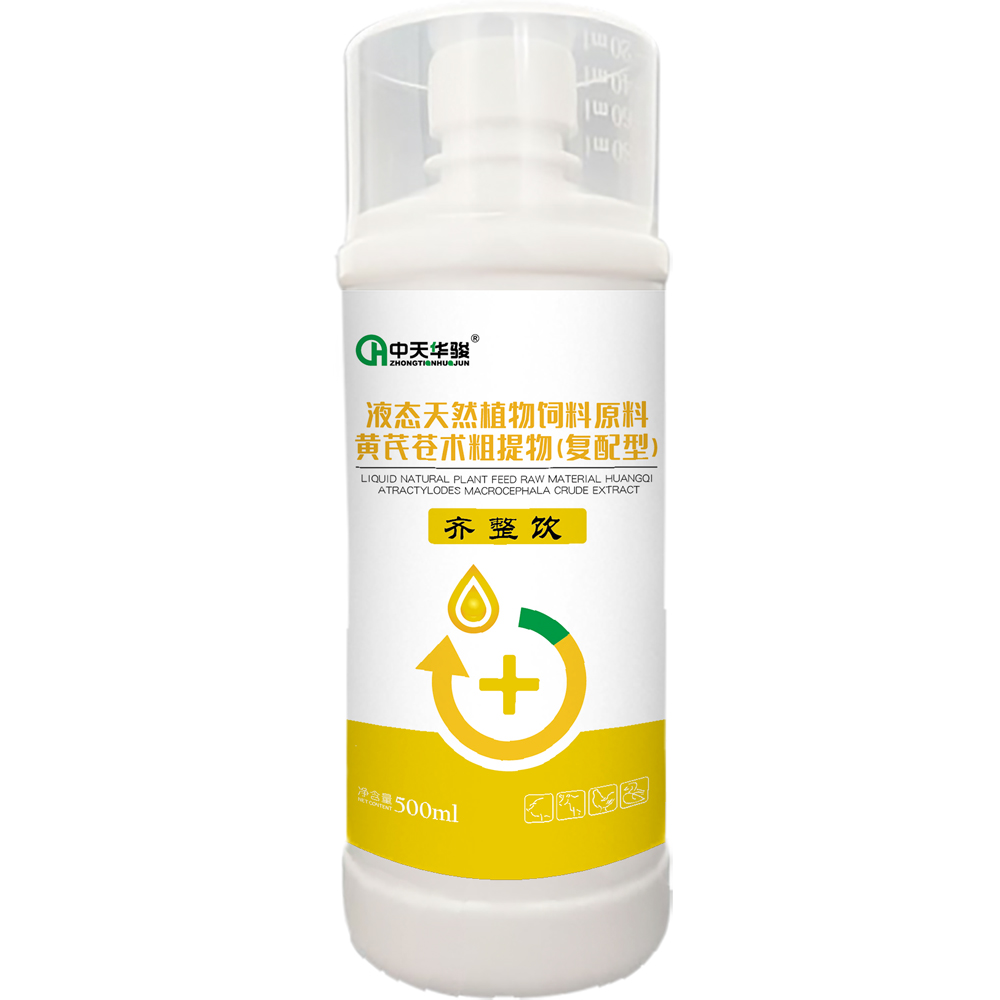
Dec . 07, 2024 16:33 Back to list
coccidiosis in baby chicks factory
Understanding Coccidiosis in Baby Chicks An Overview for Poultry Farmers
Coccidiosis, a parasitic disease caused by the Eimeria species, remains one of the most significant health challenges facing the poultry industry, particularly in young chicks. This disease primarily affects the intestinal tract, leading to severe health complications and economic losses for farmers. Understanding the causes, symptoms, and preventive measures of coccidiosis is crucial for anyone involved in poultry farming.
Causes of Coccidiosis
Coccidiosis spreads through the ingestion of oocysts, which are the infective stage of the Eimeria parasite. These oocysts are often found in contaminated litter, feed, or water sources. In factory farming environments where a large number of chicks are housed together, the risk of infection significantly increases due to the close quarters and potential for fecal contamination. Stress factors such as poor ventilation, inadequate nutrition, and sudden changes in temperature can also exacerbate the susceptibility of chicks to coccidiosis.
Symptoms to Watch For
Coccidiosis typically manifests within 5 to 14 days after infection, and the symptoms may vary depending on the severity of the infestation and the specific Eimeria species involved
. Common signs include1. Diarrhea Often the most noticeable symptom, the diarrhea may be watery and can sometimes contain blood. 2. Weight Loss Infected chicks may experience stunted growth and significant weight loss. 3. Dehydration Due to excessive fluid loss from diarrhea, chicks can quickly become dehydrated, which can lead to further health issues. 4. Listlessness Infected chicks often appear lethargic, showing little interest in their surroundings or food. 5. Sudden Death In severe cases, coccidiosis can lead to sudden death, particularly in chicks that are younger and have weaker immune systems.
coccidiosis in baby chicks factory

Diagnosis and Treatment
A definitive diagnosis of coccidiosis requires a laboratory examination of fecal samples or post-mortem analysis of affected chicks. Due to the rapid nature of the disease, timely intervention is vital. Treatment typically involves the use of anticoccidial medications, which can help control the parasite population. However, correct usage and adherence to withdrawal times are crucial to ensure that the eggs and meat produced are safe for human consumption.
Prevention Strategies
Preventing coccidiosis is often more effective than treating it after infection has occurred. Here are some effective strategies
1. Good Management Practices Maintaining clean housing and regularly changing bedding can help minimize the exposure of chicks to oocysts. Implementing biosecurity measures, such as restricting access to the poultry houses, is also essential. 2. Proper Nutrition Providing a balanced diet that meets the nutritional needs of the chicks can bolster their immune systems, making them less susceptible to infections. 3. Vaccination There are vaccines available for certain species of Eimeria, which can provide immunity and reduce the incidence of clinical coccidiosis, particularly in large-scale operations. 4. Regular Monitoring Frequent health checks and monitoring of flock behavior can help in the early detection of coccidiosis, allowing for quicker response times.
Conclusion
Coccidiosis is a significant concern in the poultry industry, particularly for those raising baby chicks. By understanding the causes, symptoms, and effective management practices, poultry farmers can reduce the impact of this debilitating disease. The combination of good biosecurity practices, nutrition, and appropriate treatments can help safeguard the health of chicks, ensuring a thriving poultry operation and minimizing economic losses.
-
China Salivation AI with GPT-4 Turbo Features
NewsAug.01,2025
-
Epic Sepsis Factories: AI-Driven Detection with GPT-4 Turbo
NewsJul.31,2025
-
Acute Salpingitis and Oophoritis AI Factory
NewsJul.31,2025
-
Premium China Bacillus Subtilis Supplier & Factory Solutions
NewsJul.30,2025
-
Premium Avermectin Supplier in China | Custom Solutions Available
NewsJul.29,2025
-
China Bacillus Subtilis Supplier - Custom Factory Solutions
NewsJul.29,2025




